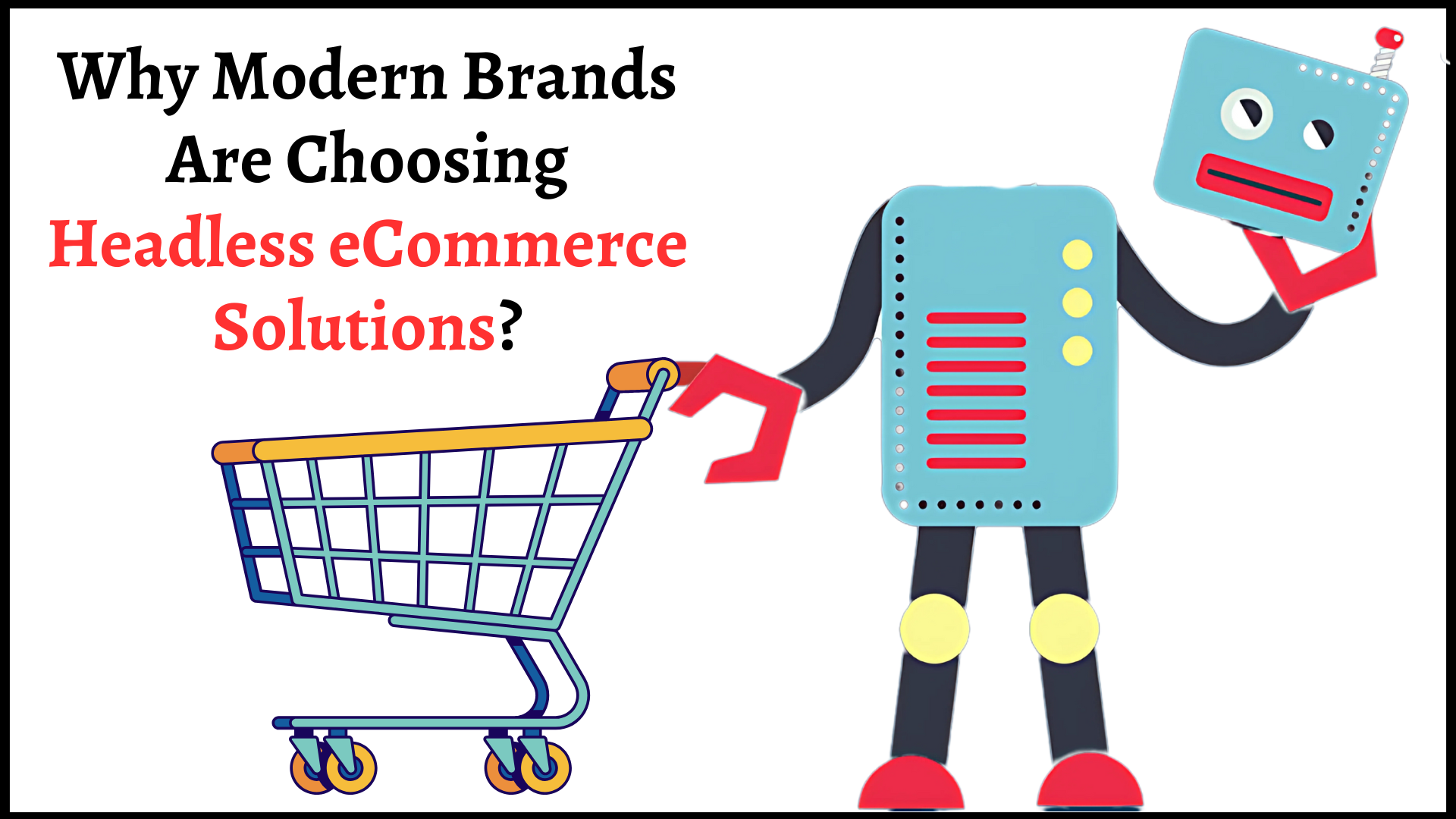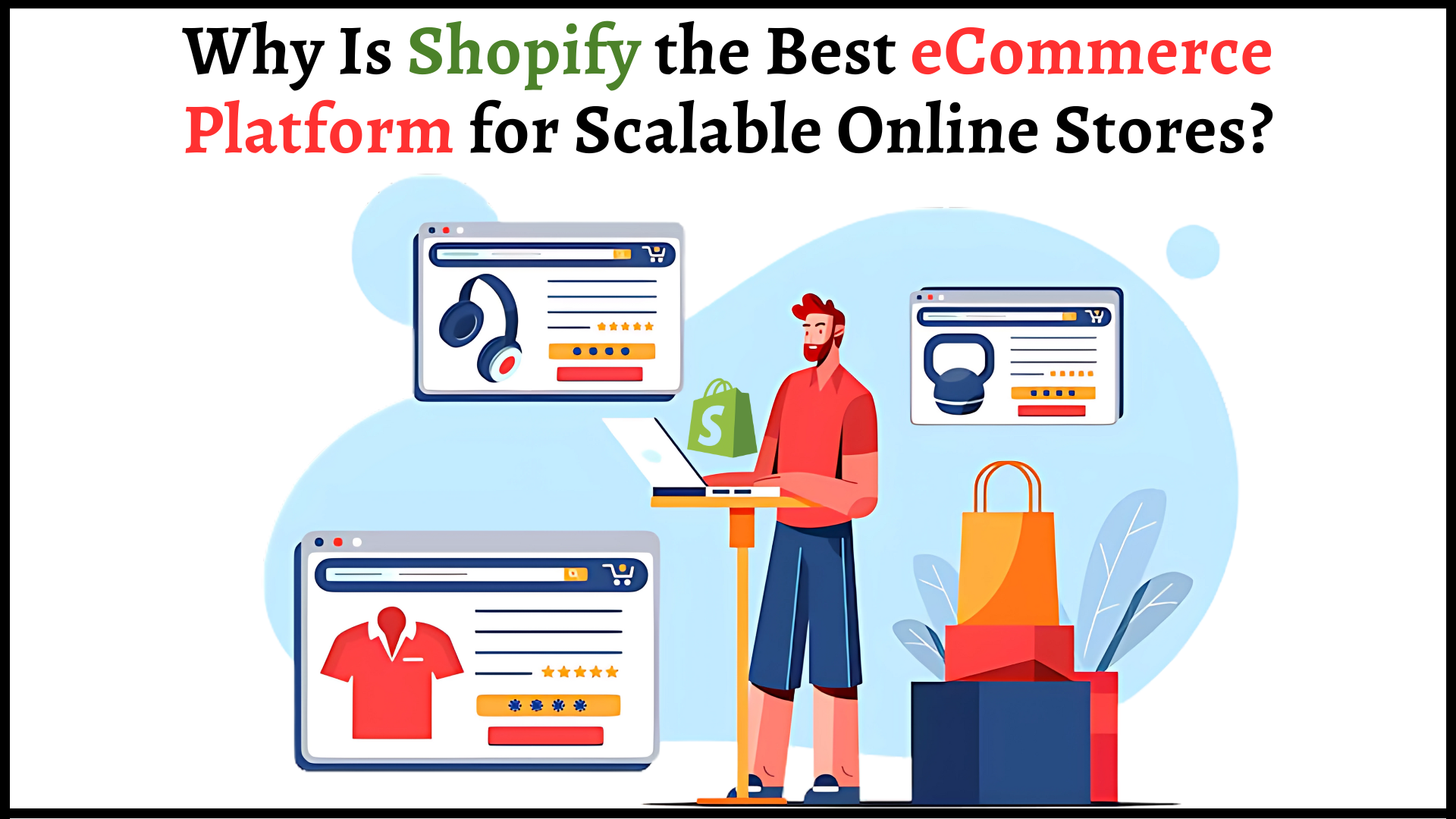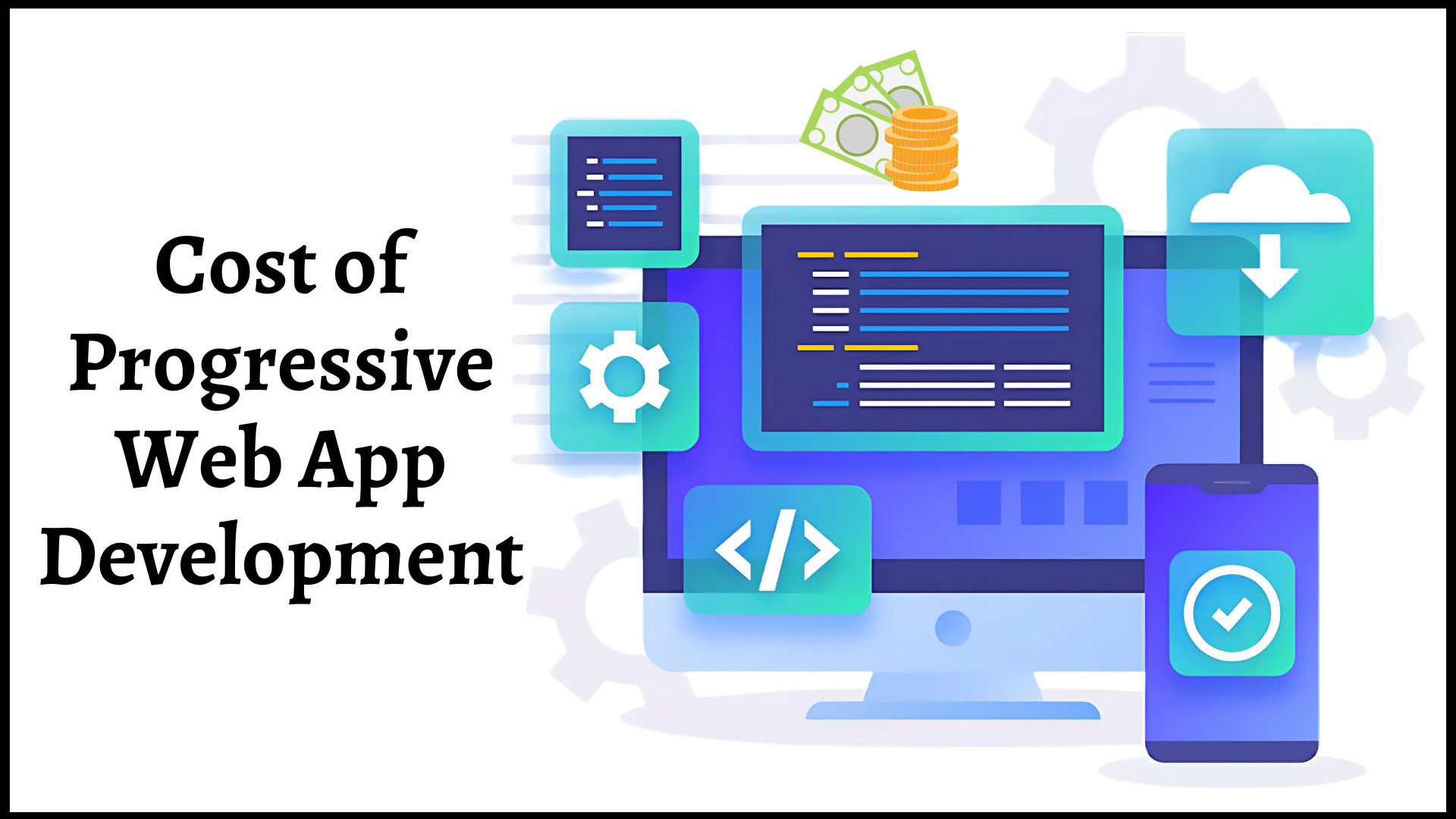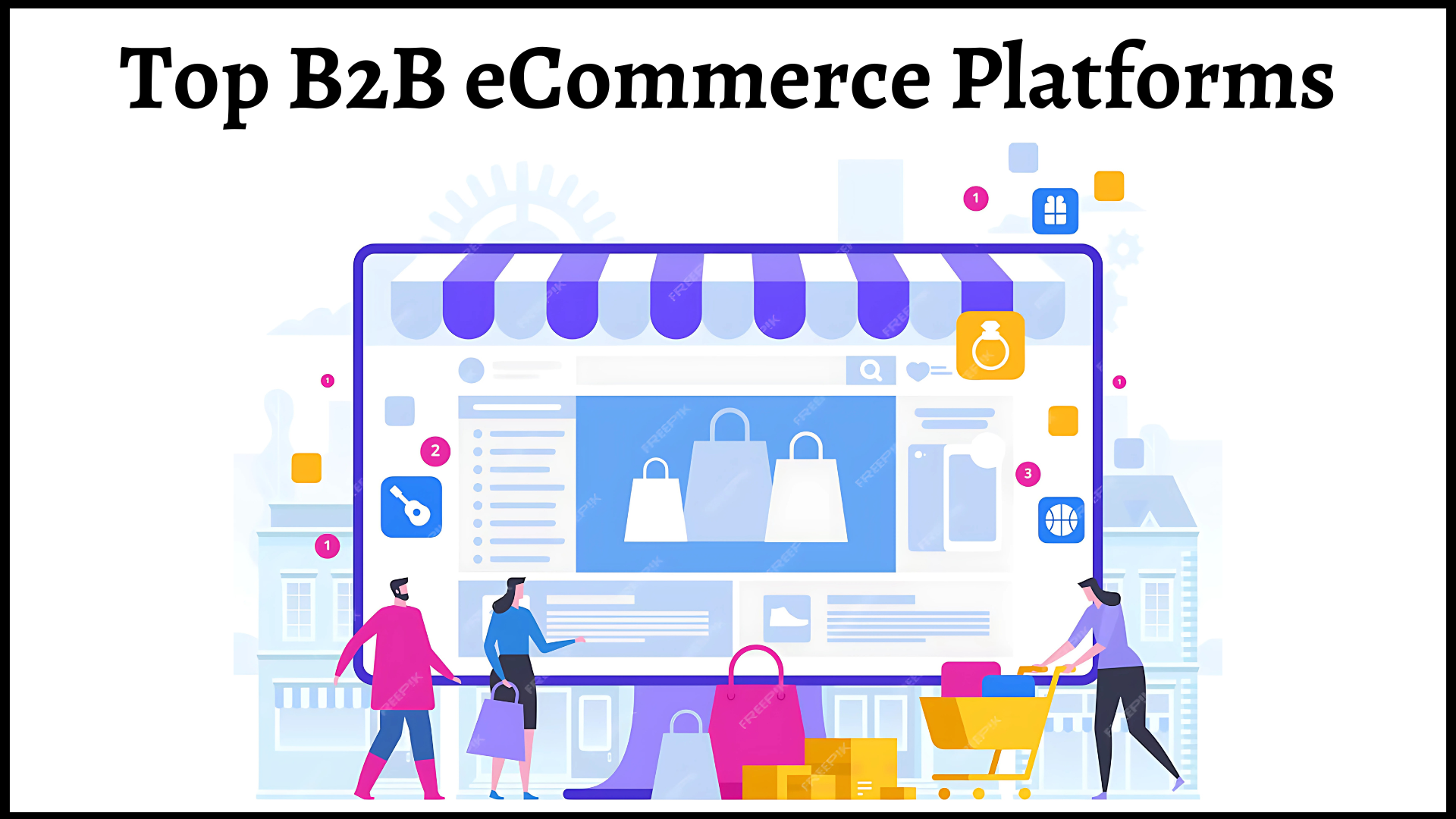- What Are Headless Ecommerce Solutions?
- Key Advantages of Headless eCommerce Solutions
- The Role of Ecommerce Platforms in Headless Commerce
- Why Are B2B Ecommerce Platforms Adopting Headless Solutions?
- Headless Ecommerce vs. Traditional Ecommerce
- Key Factors to Evaluate Before Opting for Headless Ecommerce
- Conclusion
Modern brands are increasingly turning to headless ecommerce solutions to stay ahead in the competitive digital landscape. As consumer demands evolve, businesses require greater flexibility, speed, and innovation to deliver seamless shopping experiences. Traditional e-commerce architecture often limits adaptability, making headless ecommerce a game-changer. This article explores why brands are adopting headless ecommerce solutions and how they benefit businesses.
What Are Headless Ecommerce Solutions?
Headless ecommerce solutions separate the front-end user interface from the back-end functionalities. This means businesses can use different front-end technologies while keeping their core operations intact. Unlike traditional monolithic structures, headless setups enable brands to create dynamic shopping experiences tailored to customer preferences.
By leveraging headless commerce website development, companies can integrate multiple digital touchpoints, such as websites, mobile apps, smart devices, and even social media stores. This approach improves performance, scalability, and innovation.
Key Advantages of Headless eCommerce Solutions
1. Enhanced Flexibility and Customization
With headless ecommerce, brands can use any front-end framework to design unique shopping experiences. Headless architecture allows complete creative freedom, unlike traditional platforms with pre-built themes. Businesses can modify the e-commerce store appearance without disrupting the back-end operations.
2. Faster Performance and Load Times
Speed is a critical factor in e-commerce. Headless setups improve site speed by optimizing content delivery and reducing unnecessary code dependencies. Since front-end and back-end interactions happen through APIs, pages load faster, enhancing user experience and SEO rankings.
3. Seamless Omnichannel Integration
Consumers today shop across multiple devices and platforms. Headless ecommerce solutions enable businesses to provide a seamless shopping experience across web, mobile, social media, and even IoT devices. By leveraging a flexible e-commerce architecture, brands can easily push content to different touchpoints without reconfiguring their core system.
4. Improved Scalability and Adaptability
As businesses grow, their e-commerce requirements evolve. A headless commerce website development approach allows brands to scale effortlessly. Whether expanding internationally or adding new features, headless setups ensure minimal downtime and maximum agility.
5. Better Developer Experience
Developers prefer headless ecommerce because it enables them to work with the latest front-end technologies while using APIs to connect with the back-end. They can integrate advanced tools, create progressive web apps (PWAs), and experiment with UI/UX without being restricted by traditional ecommerce website development limitations.
The Role of Ecommerce Platforms in Headless Commerce
Many brands opt for ecommerce platforms that support headless commerce due to their robust API-first approach. Platforms like Shopify, Magento, BigCommerce, and CommerceTools provide the necessary flexibility to decouple the front-end and back-end, enabling businesses to create unique customer experiences while maintaining strong back-end functionalities.
1. Shopify Plus

Shopify Plus offers extensive API support and a Storefront API that allows businesses to use their own front-end frameworks like React and Vue.js. It provides a scalable back-end with robust integrations, making it an excellent choice for brands looking to leverage headless ecommerce solutions while keeping Shopify’s reliable infrastructure.
2. Magento (Adobe Commerce)

Magento is known for its extensive customization capabilities. With Magento’s headless approach, businesses can use PWA Studio to build fast, engaging storefronts while integrating seamlessly with ERP, CRM, and other business tools.
3. BigCommerce

BigCommerce’s headless API-driven architecture allows brands to connect with various front-end technologies while using BigCommerce for back-end operations. It offers flexibility for businesses that want to integrate content management systems (CMS) like WordPress while maintaining robust e-commerce capabilities.
4. CommerceTools

CommerceTools is a cloud-based, headless commerce platform built for enterprise-level brands. It provides microservices-based architecture and API-driven operations, making it a top choice for businesses looking to scale dynamically.
With these platforms, companies can:
- Connect various front-end frameworks like React, Vue.js, or Angular.
- Deliver personalized shopping experiences without affecting performance.
- Integrate with third-party applications and payment gateways seamlessly.
- Scale their operations without being restricted by traditional monolithic e-commerce architecture.
Why Are B2B Ecommerce Platforms Adopting Headless Solutions?
B2B ecommerce platforms often require complex workflows, bulk ordering systems, and personalized client portals. Traditional platforms struggle to accommodate these needs, making headless ecommerce solutions a preferred choice. Headless setups allow B2B brands to:
- Create customized customer portals with dynamic pricing.
- Integrate with ERPs, CRMs, and PIMs efficiently.
- Offer seamless mobile and web experiences tailored for bulk buyers.
Headless Ecommerce vs. Traditional Ecommerce
| Feature | Headless Ecommerce | Traditional Ecommerce |
| Flexibility | High | Limited |
| Customization | Full control over UI | Pre-defined themes |
| Speed | Faster load times | Slower due to monolithic structure |
| Omnichannel | Seamless integration | Difficult to scale |
| Developer Experience | Uses modern tools | Restricted by platform limitations |
Key Factors to Evaluate Before Opting for Headless Ecommerce
While headless ecommerce solutions offer numerous advantages, businesses should evaluate the following before making the transition:
- Technical Expertise: Headless setups require skilled developers who understand ecommerce website development.
- Budget Constraints: Implementing a headless solution can be costlier than traditional platforms.
- API Management: Efficient API management is crucial to ensure smooth integration between front-end and back-end systems.
- Business Goals: Determine whether your business needs a fully customized storefront or if a traditional e-commerce store is sufficient.
Conclusion
Headless ecommerce solutions are revolutionizing the retail industry, offering enhanced customization, faster performance, and seamless omnichannel capabilities. Businesses can future-proof their e-commerce architecture with Shopify, b2b platforms, and advanced front-end technologies, ensuring agile, scalable, and customer-centric experiences.
CSSChopper, a leading e-commerce website development company, specializes in building cutting-edge headless commerce website development solutions tailored to your business needs. With expertise in various front-end technologies and e-commerce platforms, CSSChopper ensures seamless integration, enhanced performance, and a future-ready digital store to help your business thrive in the competitive market.





